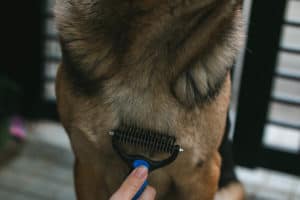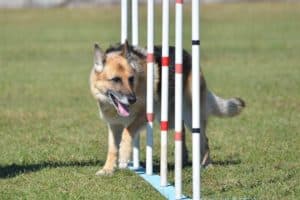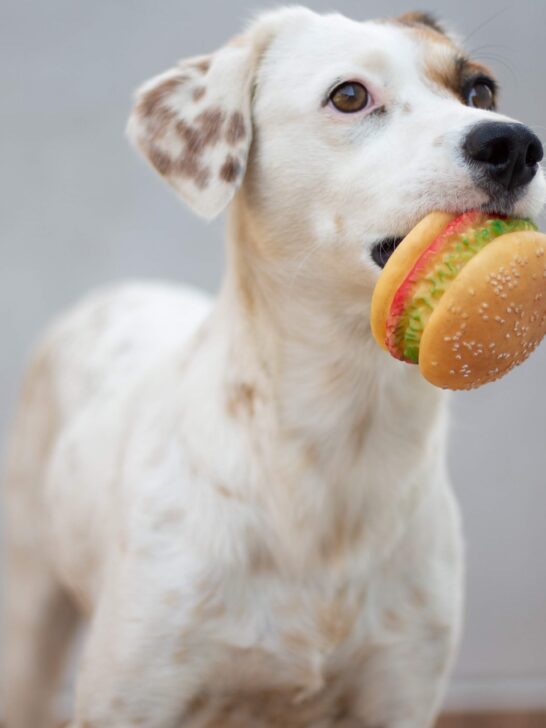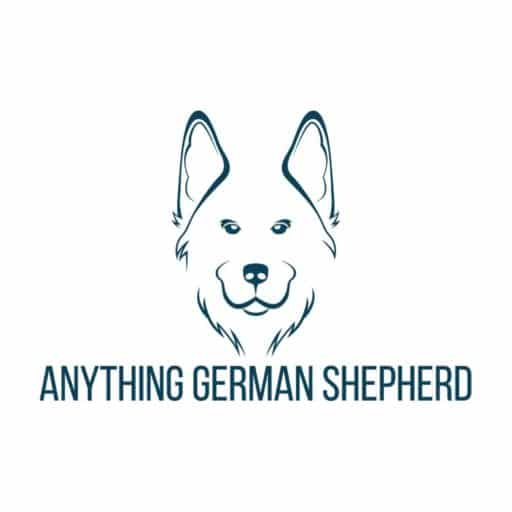Can Dogs Eat Eggshells?
Yes, dogs can eat eggshells! While it might seem odd to people, eggshells are full of helpful nutrients that can support a dog’s health. The main part of eggshell is calcium carbonate, which is important for strong bones and teeth in dogs. However, you shouldn’t just drop a raw shell in their dish-you need to prepare it the right way so it’s safe and easy for your dog to eat. In this article, we’ll explain the health benefits, possible risks, and step-by-step instructions on how to feed eggshells to your dog.

Many dog owners wonder which human foods are safe for dogs, and eggs are a common topic. Eggs are already a great source of protein and other key nutrients for dogs. It’s natural to think about whether the shell is just as good. Fortunately, with proper prep, eggshells can be a healthy addition to a dog’s meals.
Can Dogs Eat Egg Shells?
Are Egg Shells Safe for Dogs?
The simple answer is yes, dogs can eat eggshells if they’re prepared the right way. Eggshells are mostly made of calcium carbonate-an easy-to-absorb type of calcium. This makes them a simple and cheap way to add calcium to your dog’s food, especially if you make their meals at home and want to avoid deficiencies.
But safety comes down to preparation. Whole, raw eggshells can be a choking risk and might carry harmful bacteria. If you wash, sterilize, and grind the shells into fine powder, they become a safe, natural, and healthy source of minerals for your dog.
Myths About Dogs Eating Egg Shells
- Myth: Eggshells are dangerous because they’re sharp. Large pieces can hurt your dog, but grinding the shells removes this risk.
- Myth: Eggshells carry bacteria like Salmonella. Raw shells might, but baking or boiling the shells kills germs.
- Myth: Eggshells have no health value. In fact, they’re a great calcium source and also offer some other minerals.
Nutrition Benefits of Egg Shells for Dogs
Calcium and Bone Strength
Eggshells are almost all calcium carbonate. Dogs need calcium for growing strong bones and teeth, especially puppies. Senior dogs also need enough calcium to help keep their bones dense as they get older. Besides bone health, calcium supports heart rhythms, muscle growth, and nerve function. Eggshells offer an easy way to add more of this important mineral to your dog’s diet.
Other Minerals in Egg Shells
Along with calcium, eggshells have small amounts of phosphorus and magnesium. These minerals help with bone strength, energy, muscle, and nerve function. However, eggshells don’t provide all minerals in the amounts dogs need-you still need to feed your dog other healthy foods to give them a complete diet. For example, meat gives phosphorus, and leafy greens can supply magnesium.
Eggshell Membrane and Joints
The thin layer inside the eggshell is called the eggshell membrane. This part is packed with things like glucosamine, chondroitin, collagen, and hyaluronic acid. These help keep a dog’s joints healthy, support cartilage, and help joints move smoothly. One study in 2016 showed that including eggshell membrane in dog food reduced joint pain for dogs with joint problems. This can be especially helpful for older dogs or those with arthritis.
Risks and Precautions With Egg Shells
Bacteria Like Salmonella
The biggest risk with eggshells comes from bacteria such as Salmonella in raw shells. Dogs can get sick just like people, with signs such as fever, vomiting, diarrhea, and tiredness. Family members can also get sick if they come into contact with contaminated shells or surfaces.
The good news is you can avoid this problem by washing the shells and then baking or boiling them. This kills harmful germs, and the shells are then safe to use.
Choking and Digestion Problems
Feeding dogs whole or large pieces of shell can cause choking or hurt their digestive tract, especially for small dogs or dogs that eat too fast. The best way to prevent this is to grind the shells into a very fine powder. A coffee grinder or food processor works well for this. The powder is much safer and easier for your dog to digest.
Too Much Calcium
Dogs need calcium, but too much is harmful. Overdoing it can cause kidney stones, high blood calcium, or even bone problems in puppies. Always use a small amount of eggshell powder and ask your vet for advice about how much is right for your specific dog.
| Possible Issue | How to Prevent |
|---|---|
| Bacteria (like Salmonella) | Bake or boil the shells before use |
| Choking/digestive problem | Grind shells into fine powder |
| Too much calcium | Use small amounts, check with vet |
How to Prepare Egg Shells for Dogs
Cleaning and Sterilizing
Start by rinsing the shells under running water. Make sure to get rid of any leftover egg inside and dirt on the outside. Let them dry. Then, to kill bacteria, bake them in the oven at 300°F (about 150°C) for 10 minutes, or at 200°F (95°C) for 10-20 minutes. Boiling them for 10 minutes also works. Let the shells dry fully before you grind them-this stops mold from forming.
Grinding the Shells
After cleaning and drying, grind the shells into a fine powder. A clean coffee grinder or blender does the job well. The powder should be very fine with no sharp pieces left. Store this powder in an airtight jar and use it as needed with your dog’s food.
How to Add Egg Shells to Your Dog’s Food
Suggested Amounts Based on Dog Size
How much powder you use depends on your dog’s size, age, and what else they eat. A general guideline is to use about 1 teaspoon of eggshell powder for every 1,000 calories in your dog’s daily food. That’s about 5 grams, which offers around 1,750 mg of calcium. Puppies and pregnant dogs might need a little more, but it’s safest to start with a small sprinkle and increase only if needed.
| Dog Category | Eggshell Powder per 1,000 Calories |
|---|---|
| Adult dogs | 1 teaspoon |
| Puppies, pregnant or nursing dogs | 1.5 teaspoons |
How to Mix Eggs Shells With Food
Sprinkle the fine powder over your dog’s regular food. With dry food, you can add a small splash of water or broth so the powder sticks. For wet or homemade food, just mix the powder in so it spreads throughout. Most dogs won’t notice the taste or texture, making it easy to add into their meals.
Does Every Dog Need Egg Shells?
Best Uses by Age and Life Stage
- Puppies: Need more calcium, but be careful not to give too much. Ask your vet for the right amount.
- Pregnant/nursing females: Need more calcium and can benefit from supplementing with eggshells.
- Adult dogs: If on balanced commercial food, they usually get enough calcium already.
- Seniors: Can benefit from calcium and from the joint-helping membrane in egg shells.
- Dogs on homemade or raw food: Usually need extra calcium; eggshells are a good choice.
Other Calcium Sources
- Commercial dog food (already includes the right amount for most dogs)
- Raw bones (only use safe bones and give them under supervision)
- Bone meal powders (special ones made for dogs)
- Calcium supplements from the vet
If preparing eggshells feels like too much work, ask your vet about a safe calcium supplement.
Should You Check With a Vet?
When to Get Expert Advice
Yes, you should talk with your vet before adding eggshells or any supplement to your dog’s food. A vet can help you decide if your dog even needs more calcium and how much is right for their age, breed, size, and health. This is especially important if your dog is a puppy, is pregnant or nursing, has kidney or bladder problems, or is eating a prescription diet. A vet will make sure adding eggshells is safe and helpful for your dog.
Egg Shells and Dogs: Frequently Asked Questions
Can Dogs Eat Raw Eggs and Shells Together?
Some people feed raw eggs to dogs, saying a dog’s stomach can handle the bacteria. However, it’s safer to prepare the eggshells by cleaning, baking or boiling, and grinding them into a fine powder before adding to any food. This gets rid of germs and sharp parts, making it safer for both dogs and the people who handle the food.
Can Dogs Eat Cooked Eggs with Shells?
Dogs can eat cooked eggs and their shells-but only if you clean, sterilize, and grind the shells. Just boiling an egg and feeding your dog the shell isn’t safe, as sharp bits or bacteria could still be there. Always grind the cooked, sterilized shells into powder before mixing them with your dog’s food.
What if My Dog Eats a Whole Egg Shell?
If your dog eats a whole shell or a large piece, watch them closely. Most of the time, larger dogs are fine, but small dogs or those with stomach problems might have trouble. Watch for trouble swallowing, vomiting, tiredness, belly pain, or bloody poop. If you notice any of these, call your vet. To prevent this in the future, always use ground eggshell powder instead of whole shells.

























